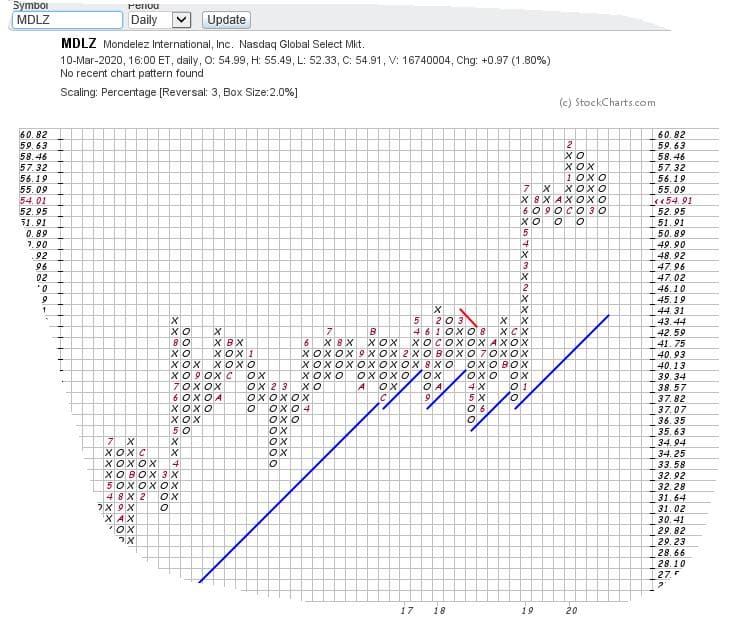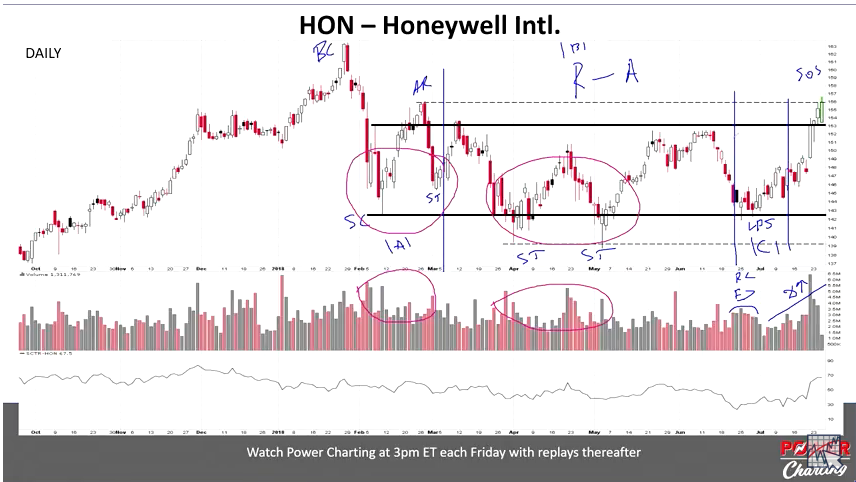
The two special (a) and (b) Wyckoff positions have no free coordinate parameter. Because they are more informative, it is advisable to label the space groups with their full Hermann-Mauguin symbols. The following examples show how specifications can be made for the site occupations. In simple cases the data can be included in the family tree in more complicated cases an additional table is convenient.

The value of information of a tree is rather restricted without these data. Since the space group symbol itself states only symmetry, and gives no information about the atomic positions, additional information concerning these is necessary for every member of the family tree (Wyckoff symbol, site symmetry, atomic coordinates). Įvery space group listed in the family tree corresponds to a structure. The / is an alphabetical label (a, b,c.) according to the sequence of the listing of the positions a is always the position with the highest site symmetry. The cipher 8 states the multiplicity, that is, the number of symmetry-equivalent points in the unit cell. The [M.The Wyckoff symbol is a short designation it consists of a numeral followed by a letter, for example 8/. Density functional theory calculations indicate that the dominant magnetic interaction, J 1, occurs along a malonate group via a carboxylate and links two transition metals within the same layer, while other interactions (inter- or intra-layer) are much weaker, so that these compounds present the dominant characteristics of 2D-antiferromagnets. The M = Co malonate exhibits a non-collinear magnetic structure intermediate between the two latter, with components along b and c. Magnetic moments are collinear to b for the former and more » to c for the latter. These layers are stacked antiparallel (M = Fe) or parallel (M = Mn, Ni) in the ( a, c) plane. The magnetic structures are characterized by antiferromagnetic layers perpendicular to. Neutron powder diffraction experiments reveal the establishment of a long range magnetic order at low temperature in the Pbca Shubnikov magnetic group. While the Cu-based material is a weak ferromagnet, all other members present antiferromagnetic interactions.

In this work, the recently discovered metal-malonate compounds of formulae Na 2M(H 2C 3O 4) 2♲H 2O with M = Mn, Fe, Co, Ni are investigated for their magnetic properties.


 0 kommentar(er)
0 kommentar(er)
